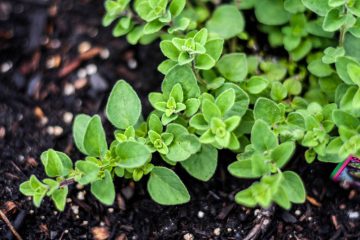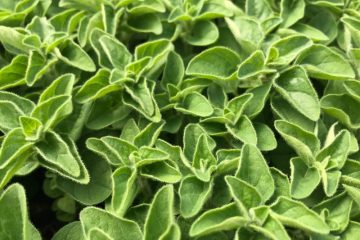- March 12, 2024
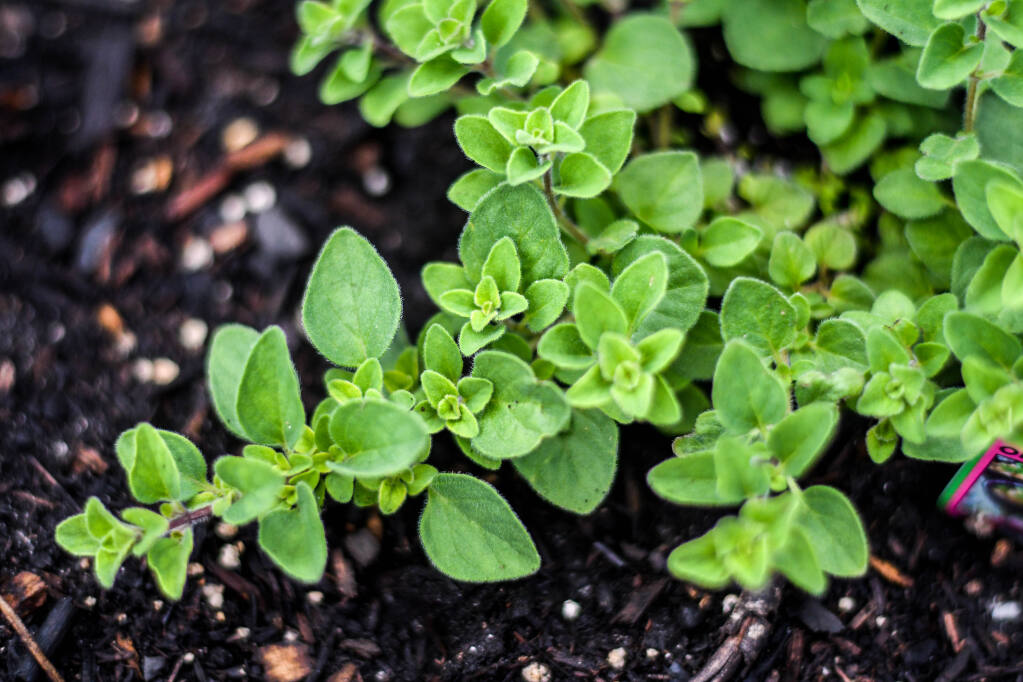
Companion planting for oregano is an experience-based observation developed over centuries. People have noticed that planting certain plants side by side has a positive effect on each other, increasing the quality and quantity of the harvest. Companion planting is not set in stone and it is the least you can do for your plants. You can get the right care from the individual plant article. You can see the companion and the enemy plants of oregano below.
| Companion plants for oregano | Enemy plants of oregano |
|---|---|
| Thyme | Watermelon |
| Rosemary | |
| Common sage | |
| Basil | |
| Cucumber | |
| Strawberry | |
| Asparagus | |
| Lavender | |
| Cabbage |
Why does companion planting work?
Companion planting works due to several interconnected factors:
Pest Control: Certain plants emit natural chemicals or scents that repel pests, effectively acting as natural pest deterrents for nearby plants. This reduces the need for chemical pesticides and fosters a more balanced ecosystem.
Attracting Beneficial Insects: Some companion plants attract beneficial insects like ladybugs, hoverflies, and predatory wasps, which feed on common garden pests. This creates a natural form of pest control and helps maintain ecological balance.
Soil Improvement: Different plants have varying root structures and nutrient requirements. Companion planting can enhance soil health by reducing soil erosion, suppressing weeds, and improving nutrient uptake. For example, leguminous plants fix nitrogen in the soil, benefiting neighboring plants that require nitrogen for growth.
Competition Reduction: Companion planting can help reduce competition for resources such as water, sunlight, and nutrients by utilizing plants with complementary growth patterns and root structures. This allows for more efficient resource utilization and healthier plant growth.
Biodiversity and Resilience: Planting diverse species together increases biodiversity in the garden, which can enhance ecosystem resilience. A diverse ecosystem is better equipped to withstand pests, diseases, and environmental stresses compared to monocultures.
Maximizing Space: Companion planting allows gardeners to make the most of limited space by intercropping plants with different growth habits and maturity rates. This maximizes yield per square foot and promotes efficient land use.
Overall, companion planting capitalizes on the natural synergies between plant species, creating a thriving and sustainable garden ecosystem.
What are the companion plants of oregano?
The following plants have positive effects on the growth of your oregano. These plants can repel pests that damage your plants. These plants provide increased nutrition to the soil that your plants can use. Therefore, we recommend planting these plants next to your oregano.
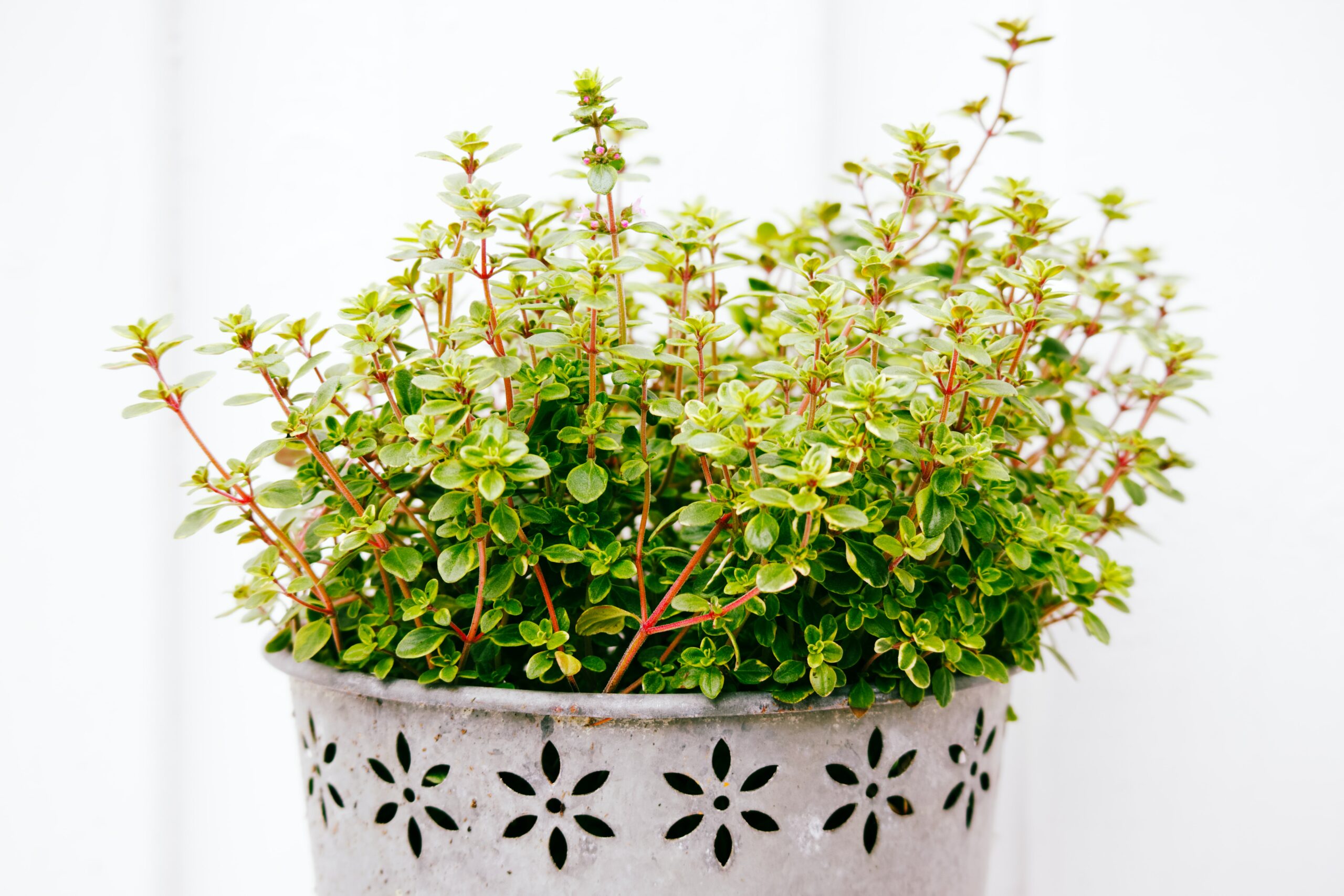
Thyme
Thyme grows sandy or loamy soil with a pH range between 6.0 and 8.0. Full sunlight and moderate moisture nurture its flavorful foliage and compact growth. Thyme provides invaluable benefits to neighboring plants by repelling pests, attracting beneficial insects, and enhancing overall garden biodiversity.
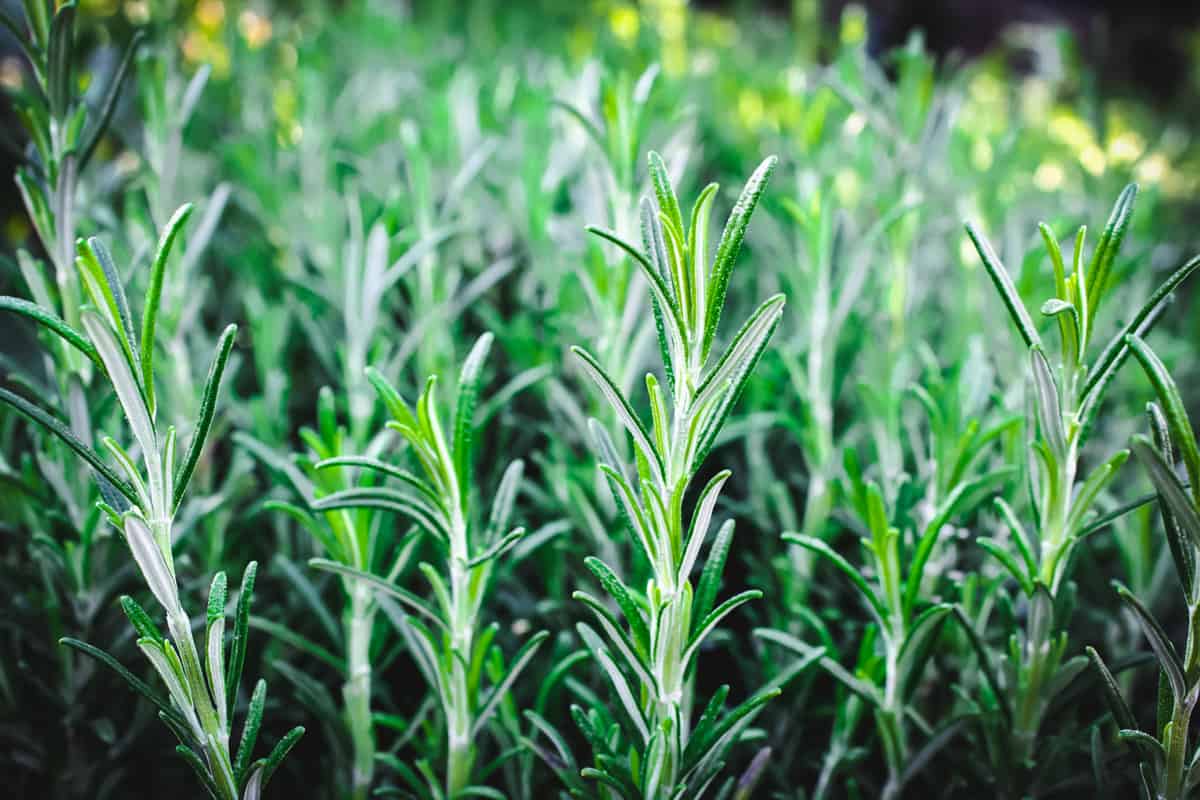
Rosemary
Rosemary flourishes in well-drained, sandy soil with a pH range between 6.0 and 7.0. Full sunlight and moderate moisture nurture its aromatic foliage and robust growth. Rosemary provides invaluable benefits to neighboring plants by repelling pests, attracting beneficial insects, and enhancing overall garden biodiversity.
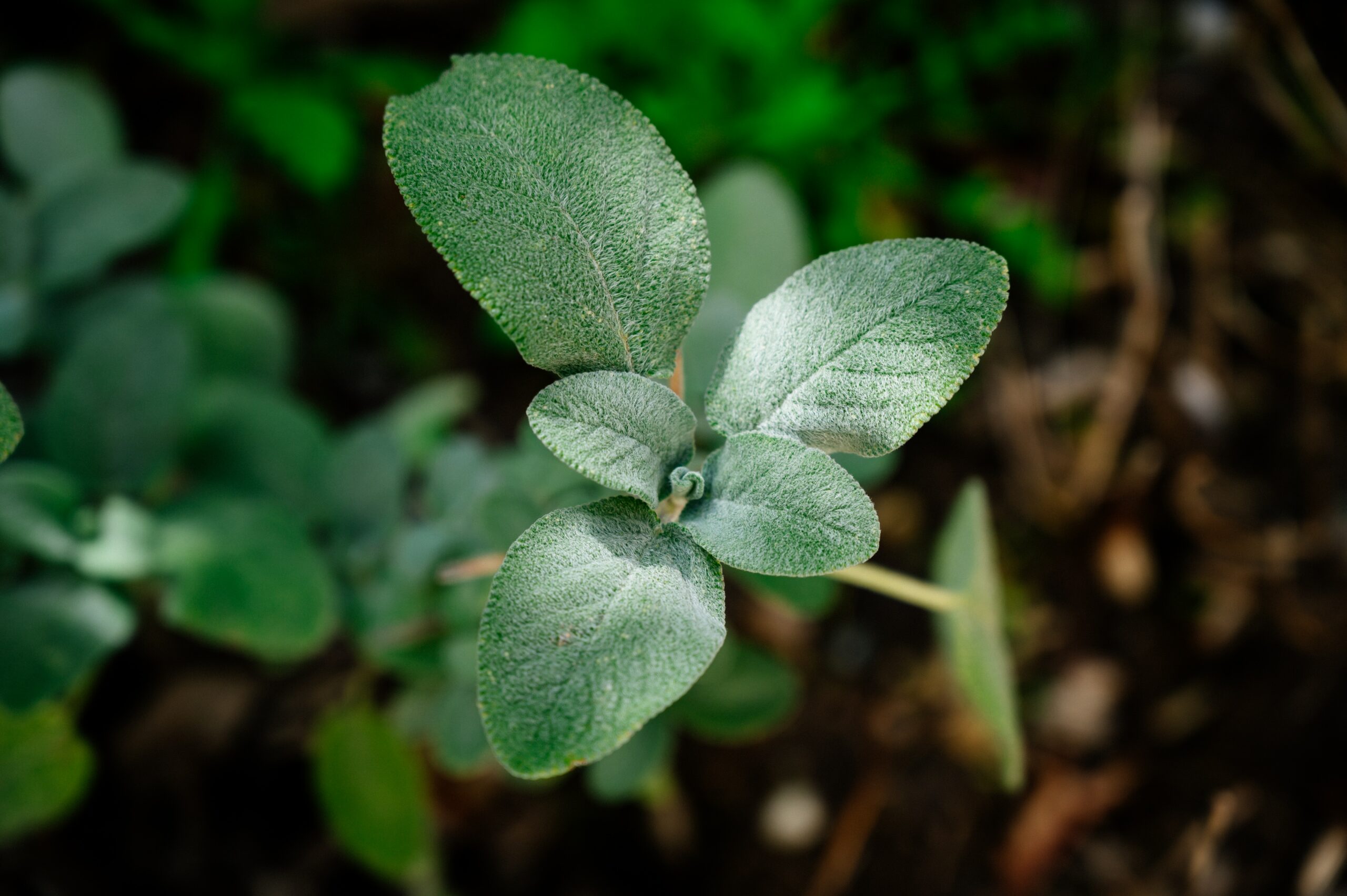
Common sage
Common Sage grows in diverse soil conditions. Flourishing in well-drained, sandy or loamy soil. Full sunlight and moderate moisture nurture its aromatic foliage and sturdy growth. Common Sage provides invaluable benefits to neighboring plants by repelling pests, attracting beneficial insects, and adding culinary richness to the garden.
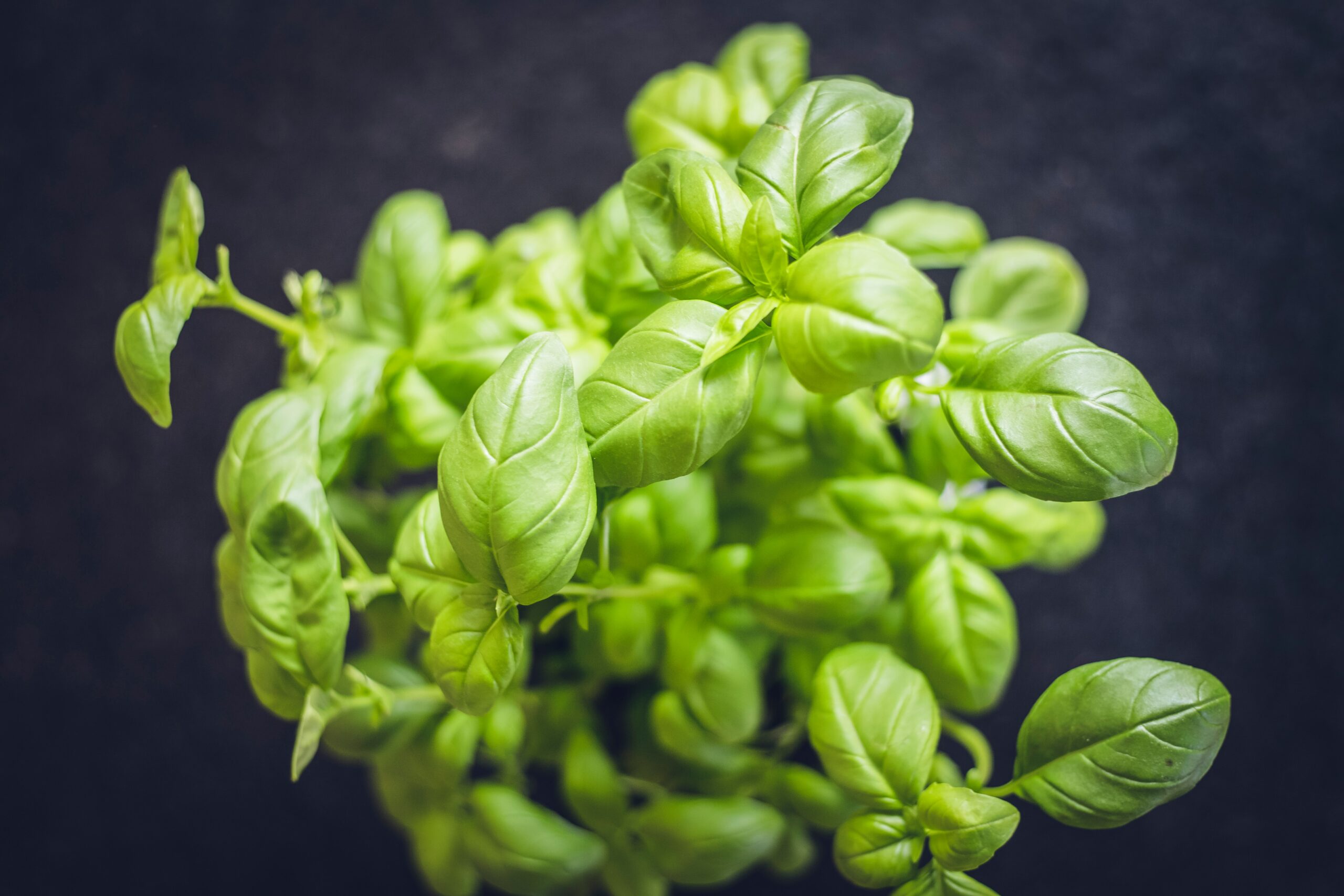
Basil
Basil, with its aromatic leaves and culinary versatility, transcends its role as a mere herb, emerging as a cornerstone of companion gardening practices. Beyond its culinary appeal, basil offers a multitude of benefits to the garden ecosystem, serving as a beacon of fragrance and functionality in both kitchen and cultivation.
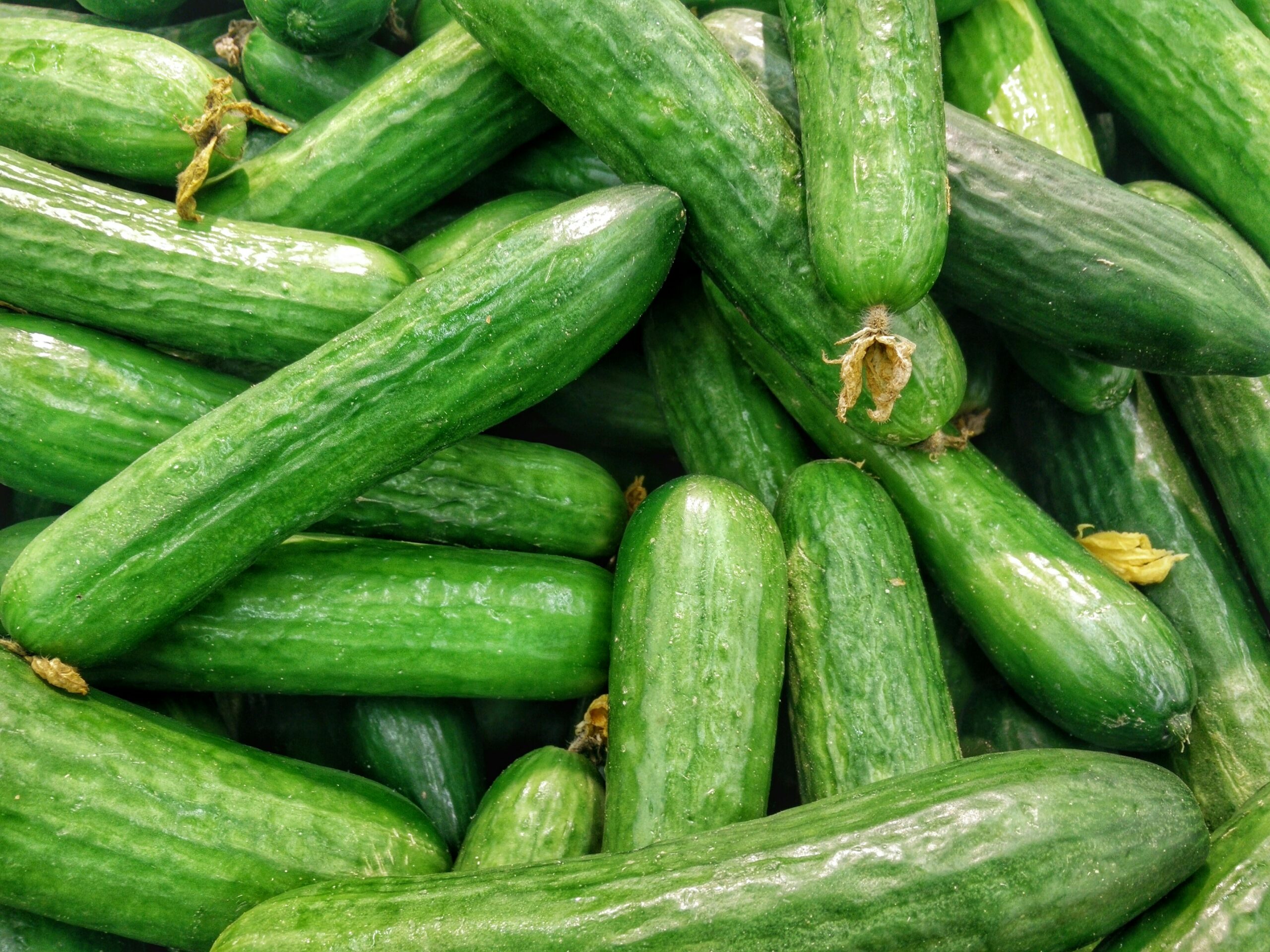
Cucumber
Cucumbers thrive in diverse soil conditions. Flourishing in well-drained, loamy soil enriched with compost, they embody adaptability and freshness. Consistent moisture and sunlight support vigorous vine growth and abundant fruiting. Cucumbers extend general benefits to neighboring plants by shading the soil, conserving moisture, and attracting beneficial insects.
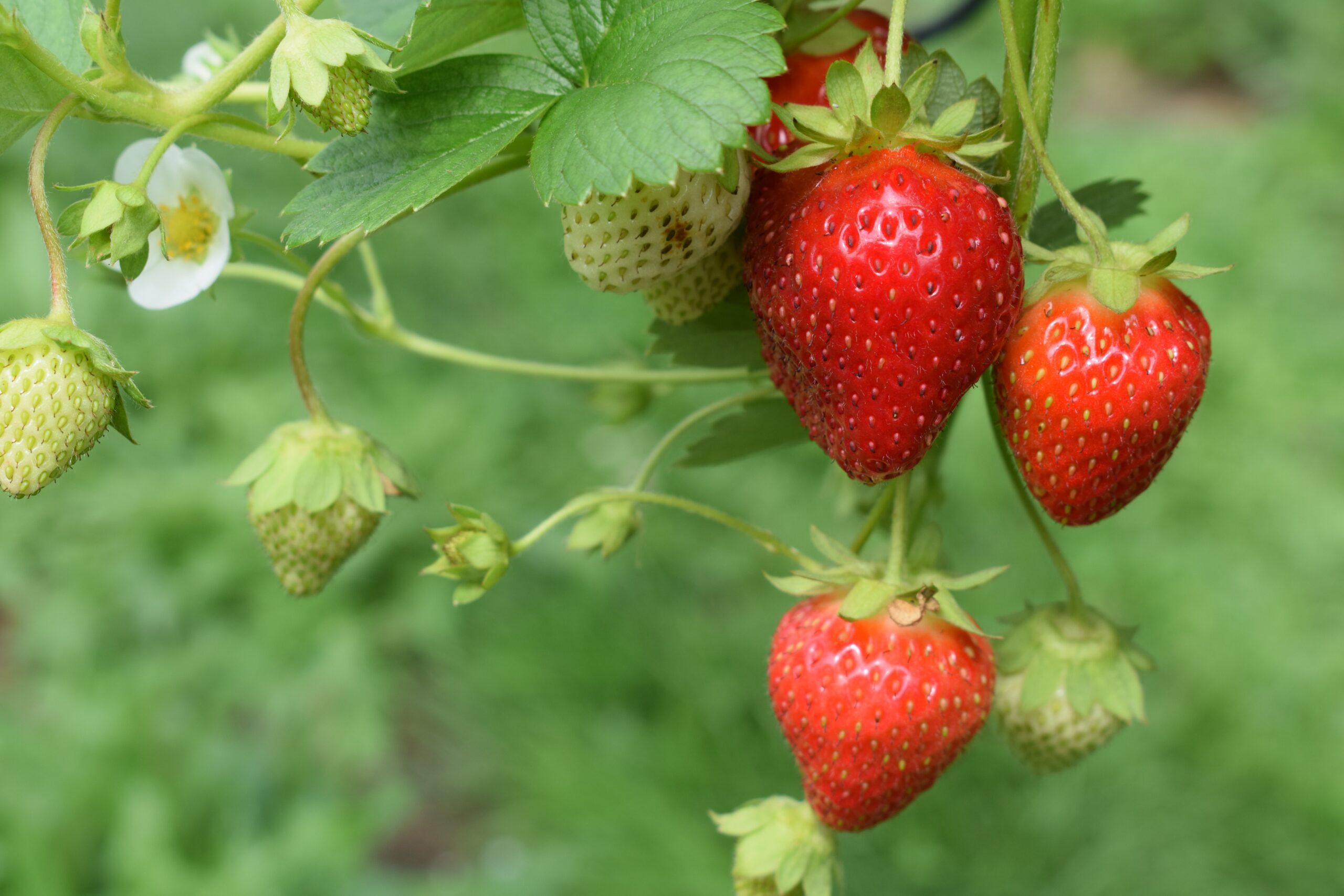
Strawberry
Strawberries grow in loamy soil with a pH range between 5.5 and 6.5. Full sunlight and consistent moisture nurture their delicate fruits and lush foliage. Strawberries provide invaluable benefits to neighboring plants by attracting pollinators, suppressing weed growth with their dense foliage.
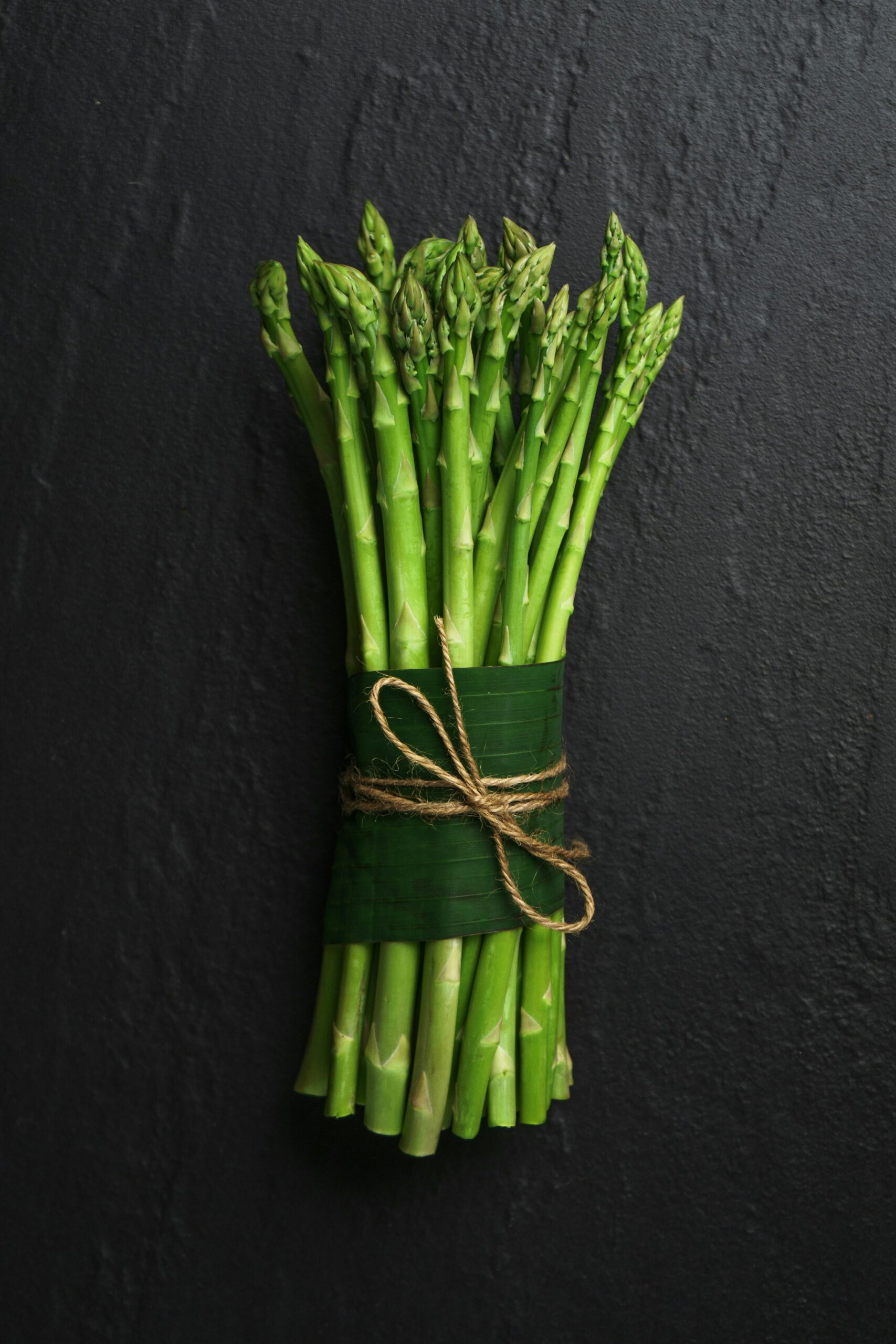
Asparagus
Asparagus, revered for its tender spears and nutritional prowess, stands as a stalwart sentinel in the realm of companion gardening. With a penchant for well-drained, sandy soil and ample sunlight, this perennial delight thrives in environments where winters are cold and summers are warm. As a symbol of grace and gastronomy, asparagus enriches both the palate and the garden landscape, embodying the essence of verdant vitality.
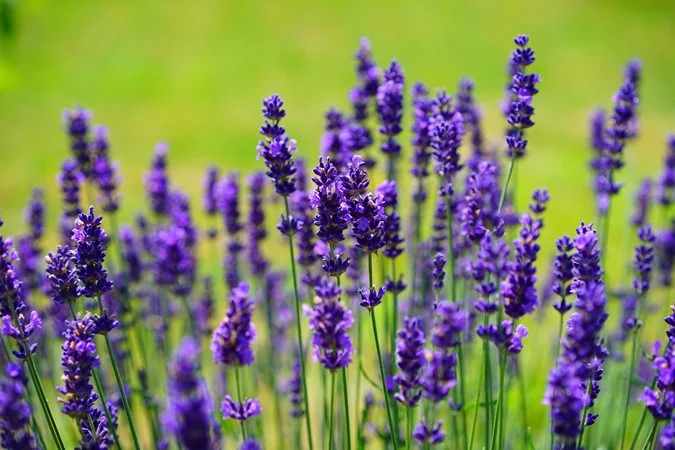
Lavender
Lavender thrives in various soil conditions. Flourishing in well-drained, alkaline soil with a pH range between 6.5 and 7.5. Full sunlight and good air circulation nurture its delicate flowers and aromatic foliage. Lavender provides invaluable benefits to neighboring plants by repelling pests, attracting pollinators like bees and butterflies, and promoting relaxation and tranquility in the garden environment. Belonging to the Lamiaceae family, alongside esteemed companions like rosemary and mint, lavender symbolizes the natural elegance and serene beauty found within the garden's sanctuary.
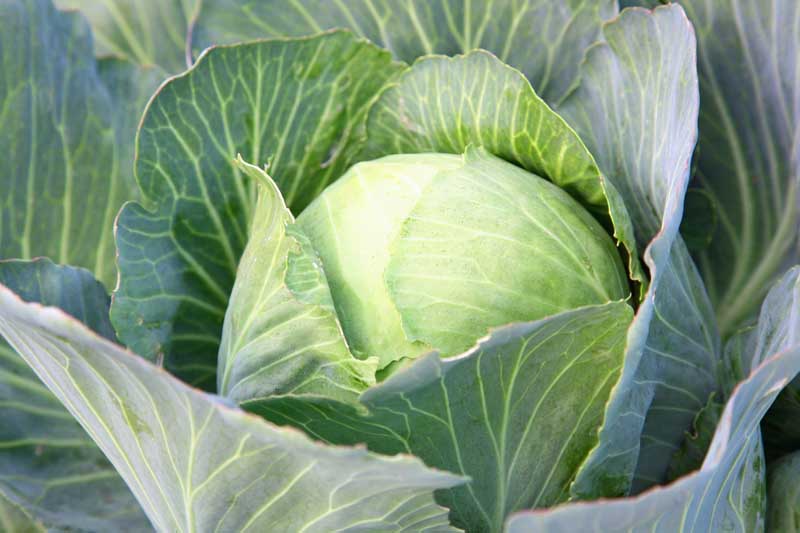
Cabbage
Cabbage thrives in various soil conditions. Flourishing in well-drained soil enriched with compost, it adapts to pH levels ranging from slightly acidic to neutral. Adequate moisture and sunlight foster robust growth and ample foliage. Belonging to the Brassicaceae family, alongside esteemed companions like kale and Brussels sprouts, cabbage epitomizes the culinary versatility and natural elegance found within the garden's domain.
What should you not plant next to oregano?
Planting these plants next to oregano have huge negative effects on the development of your plant. Growing enemy plants can appeal detrimental insects, change the taste of the grown plant and even consuming all of the nutrients and water from your oregano. Because of these negative effects, we don’t recomment growing the plants below next to your oregano.
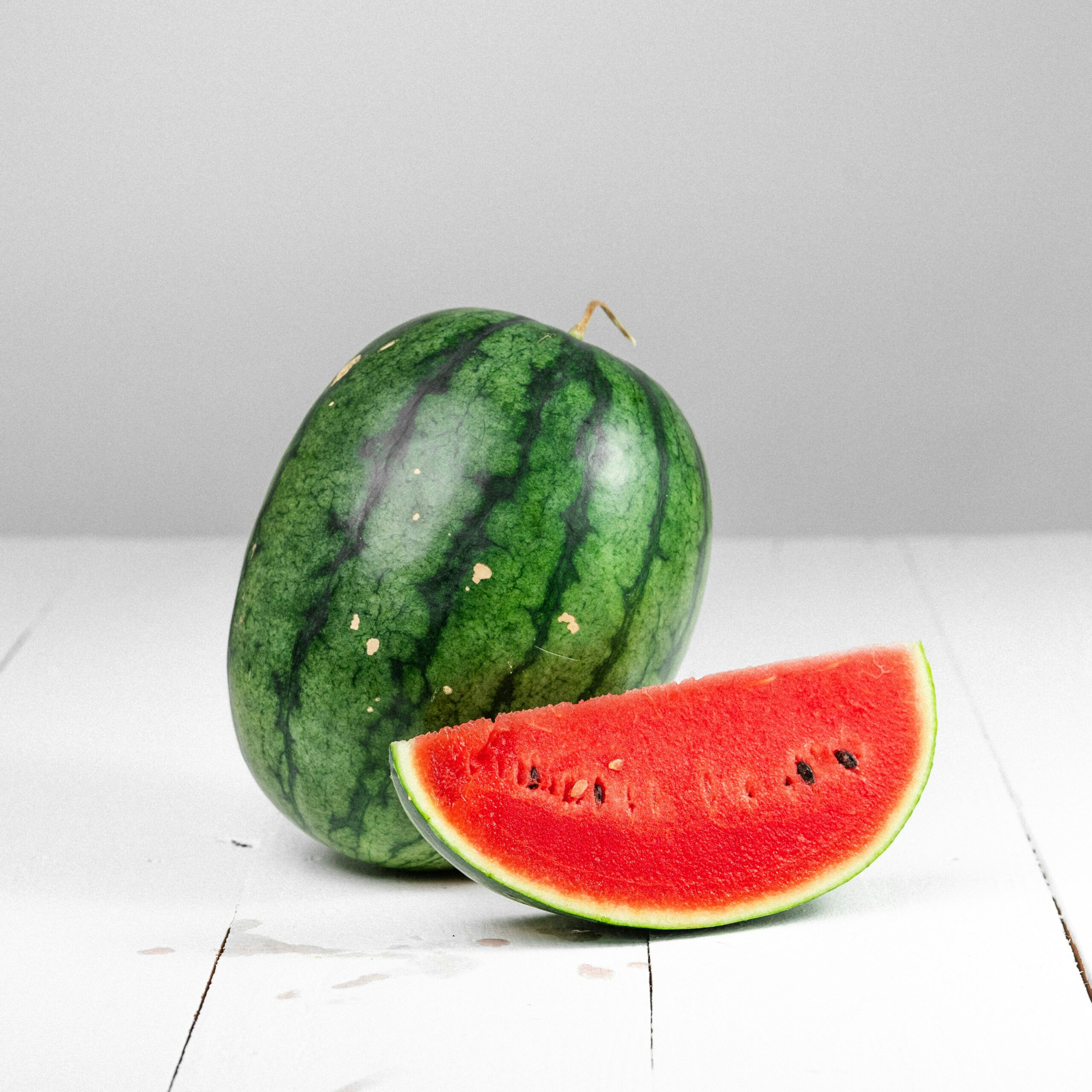
Watermelon
Watermelons thrive in various soil conditions. Flourishing in well-drained, fertile soil with a pH range between 6.0 and 6.8. Full sunlight and ample space nurture their sprawling vines and juicy fruiting. Watermelons provide invaluable benefits to neighboring plants by shading the soil, conserving moisture, and enriching the soil with organic matter as their vines decompose.
